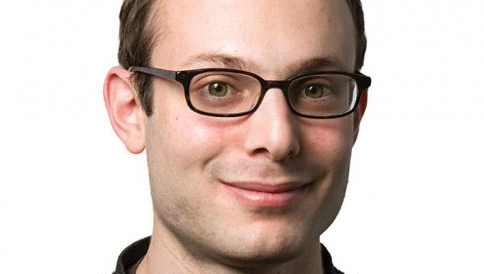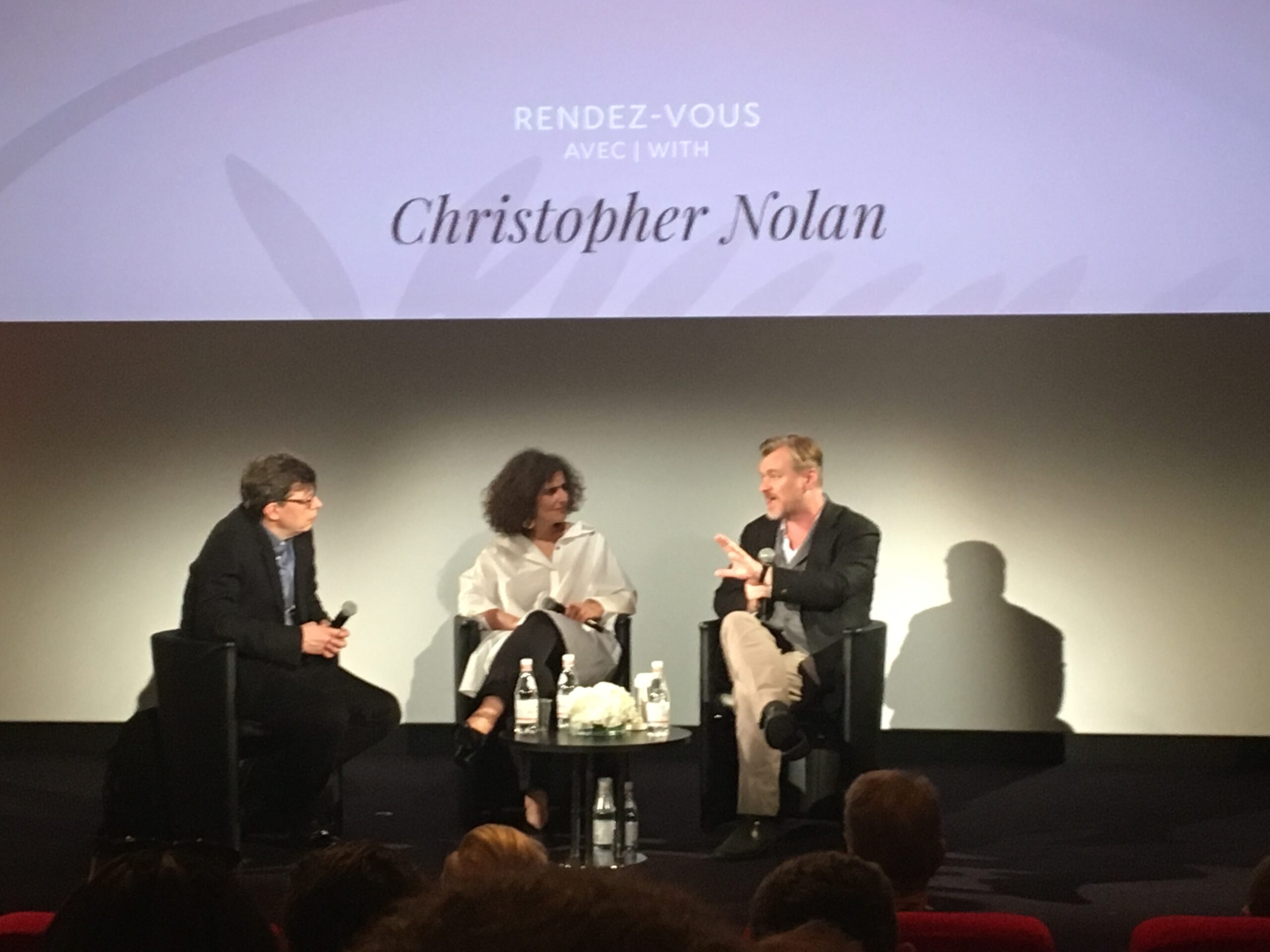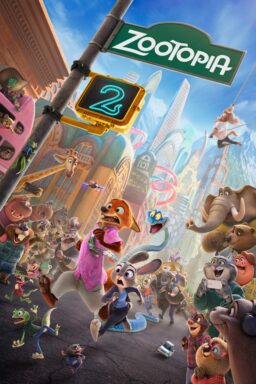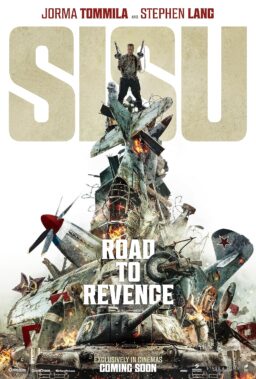Speculation on whether Christopher Nolan would ever come to Cannes has persisted for years. Would he bring “Inception“? How about a Batman movie? “Dunkirk,” maybe? And it never came to pass—until now. Nolan made his inaugural Cannes appearance on Saturday to lead a master class—or “rendez-vous,” as the festival is calling the format this year.
In fact, the 90-minute conversation was just an appetizer for the main course: Nolan’s unveiling of a new 70-millmeter print of “2001: A Space Odyssey” on Sunday night. He is calling this an “unrestored” version of the film, meaning that the print has been made entirely with the photochemical processes that would have been used in 1968, without any sort of digital touch-up work. The movie’s star, Keir Dullea, sat with Katharina Kubrick, Stanley Kubrick’s stepdaughter, in the front row for the talk.
Nolan recalled the impact of seeing “2001” for the first time in 70-millimeter in Leicester Square when he was 7. “What I’ve carried with me about that experience as far as my own films are concerned,” he said, “is really just a sense that films just can be anything, that they can do anything.”
Nolan has been one of the industry’s most dogged defenders of analog filmmaking. He ensured that 35-millimeter projectors were brought back into theaters for “The Dark Knight Rises,” worked to educate the public on different film formats for “Interstellar,” and secured a nationwide 70-millimeter release for “Dunkirk” using projectors refurbished for “The Hateful Eight.”
Regarding “2001,” he said, “Digitization is a valuable tool for restoration, but we sort of want to bring to light the fact that it is a different medium, and films that were made and are being made in an analog way ought to be presented in an analog way as far as possible.”
Nolan also emphasized film’s importance to archival work. Ever tried accessing a file on the computer you had 15 years ago? It’s not easy. Digital cinema files face a similar window of obsolescence. Last weekend, at the Nitrate Picture Show in Rochester, New York, I saw a short, “Our Navy,” made in 1918, projected from a 100-year-old print. It looked better than many restorations I’ve seen—and might not be around if it had only been preserved digitally.
“What’s very important is to recognize that whilst digital is a fantastic tool for access—for getting access to the history of film, for getting archival materials out there,” Nolan said, “there has to be a photochemical backbone for the management and updating and storage of photochemical film assets. We need that as an industry. We need it for the history of film and we need it for the future of film.”
A more implicit part of Nolan’s message was that film also still has a great deal of room to advance. He discussed how over the years since he started working with IMAX cameras on “The Dark Knight” (2008), newer, faster lenses were created. He explained the lengths he went to to avoid working digitally on “Dunkirk.” Once you’re thinking about having a completely analog negative, he said, “it influences the entire filmmaking process.” Old-fashioned background paintings and cutouts were used in places where computer-generated special effects might more typically be employed today. He credited that way of working with creating a level of immersion for the actors.
To some degree self-taught (“I didn’t go to film school because I couldn’t get into film school,” Nolan said, getting a laugh), he described how low-budget production educated him in different aspects of the craft.
On film, Nolan said, there are an infinite number of color gradations. And when it comes to “2001: A Space Odyssey,” only the infinite—or Jupiter and beyond—will do.












